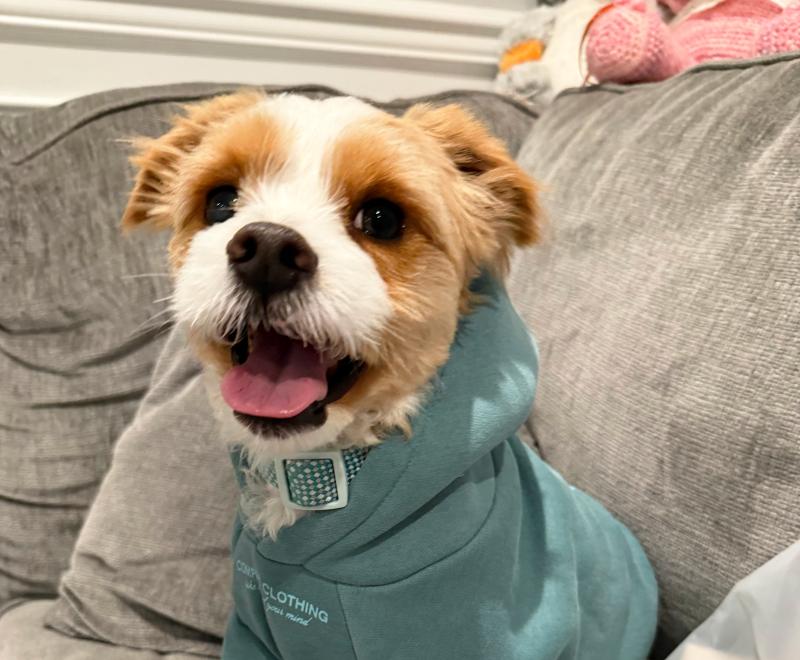
Dog Marking and Peeing in the House: Causes and How to Stop It
A dog marking or peeing in the house can happen for a variety of reasons. One way that dogs communicate is through their urine, so they can mark for territorial reasons, as a response to stress or anxiety, or because of hormonal influences in intact males. We see this behavior most often when a dog enters a new environment, a new dog enters the home, or there is a big life change in the home.
Why is my dog peeing in the house?
House-training isn't a guarantee that your dog will never eliminate in the house, and medical issues can result in "accidents." So always check with your veterinarian if your dog's elimination habits have changed.
However, there is a difference between a lack of house-training (or a medical issue) and dog urine marking. Dogs might feel threatened and consequently feel the need to mark their territory because:
- A new pet moves into your home.
- A new human baby comes home.
- A new adult starts spending time at your house.
- You move to a new place that might have smells from other dogs.

See how your community is doing
How to stop dog urine marking
The best way to prevent urine marking from unaltered dogs is to spay or neuter them, especially before they mature. If the dog is an adult and the behavior is already well established, then neutering might not help.
If your dog pees in the house, it’s important to neutralize the spot with an enzymatic cleaner to completely get rid of the odor. Otherwise, the smell is an invitation to the dog to mark the same spot again. The enzymes in the cleaner (Nature’s Miracle and Simple Solution are two brands) digest the odor-causing protein in organic materials.
If you aren’t sure your new dog will mark when you bring them home, keep them on leash and supervised at first. That way, if you see any signs of wanting to mark, you can quickly move the dog outside. If you need to leave your dog at home unsupervised, make sure they're crated or in an enclosed place where you know they won’t mark. If the dog has a history of marking, continue this practice when you get new furniture or other upright items in your home to prevent marking from happening again.
If your neutered dog is still marking after you have tried the above suggestions, the marking could be due to underlying anxiety. Vets, trainers, and veterinary behaviorists can help determine how to proceed for your dog's individual case.
